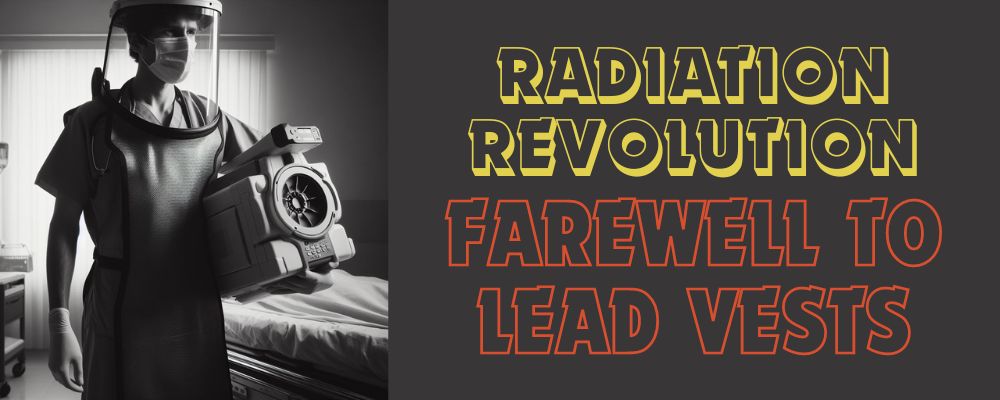Evolution of Dental X-Ray Safety
For over a century, lead vests have been synonymous with dental x-rays, offering a sense of security against radiation. However, advancements in x-ray technology have rendered these protective measures obsolete. The American Dental Association (ADA) now deems lead vests and thyroid collars unnecessary, thanks to digital x-rays that minimize radiation exposure and refined beams that reduce scatter.
The Science Behind the Shift
Dr. Bernard Friedland, an associate professor at Harvard School of Dental Medicine, highlights the significant improvements in dental radiology. Modern digital sensors allow for a full series of mouth x-rays in just over five seconds, a stark contrast to the lengthy exposure times of the past1. This evolution ensures patient safety and mitigates the risks once associated with dental x-rays.
Challenges in Changing Perceptions
Despite the scientific evidence, transitioning away from lead vests may face resistance due to ingrained perceptions of risk. Dr. Friedland acknowledges that some individuals may never be convinced of the new safety standards. The ADA’s recommendation aligns with earlier proposals from other professional organizations, yet public response and comfort levels will play a crucial role in the widespread adoption of these guidelines.
Informed Decisions and Patient Care
Patients are encouraged to discuss any concerns with their dentists and inquire about the necessity of x-rays for their specific treatment plans. With the radiation dose being significantly lower than in the past, dentists should justify the use of x-rays, ensuring they are integral to diagnosing problems or enhancing care. The ADA also recommends utilizing previous images when possible, further reducing the need for new x-rays.
Reference: health.harvard.edu
.gif)


Share your thoughts, Get involved!
Comments
They discussed this in 2019 onwards.